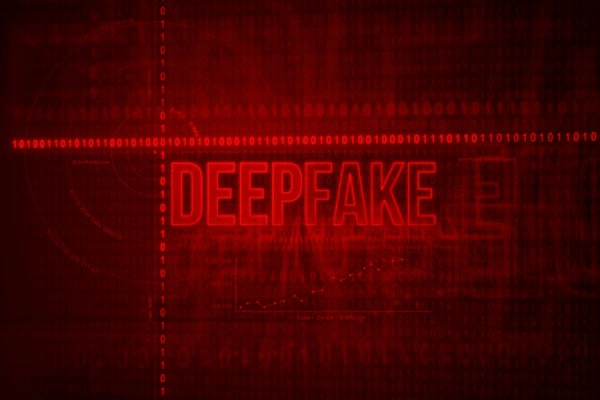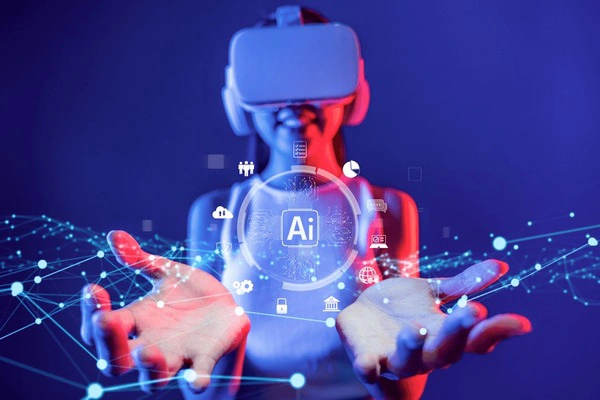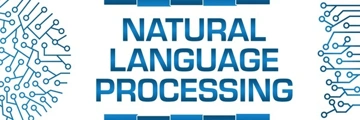
Deepfakes: Balancing Ethics and Creativity in Modern Media
Deepfake technology is reshaping the creative landscape, offering innovative opportunities in movies and video games while raising ethical concerns. This article delves into the balance between creativity and responsibility, highlighting the importance of public awareness and industry standards.
Sophie Reed
09/11/2024 - 8 months ago

Understanding Deepfakes and Their Impact
Deepfakes are a fascinating yet controversial development in the world of technology. They use artificial intelligence to replace or alter faces and voices in a way that can be incredibly realistic. This has raised ethical concerns, especially when used to create misleading or harmful content. However, the technology also holds potential for exciting innovations in creative industries. By offering new ways to generate content, deepfakes can enhance storytelling in movies and make video games more immersive.
The ethical implications of deepfakes cannot be ignored. There have been instances where deepfakes were used to create fake news or inappropriate videos, leading to significant personal and societal damage. This misuse poses a challenge for regulators and tech companies who must navigate the fine line between innovation and safety. Despite these challenges, the creative potential of deepfakes in entertainment remains a tantalizing prospect, offering new avenues for visual effects and animation.
For individuals concerned about the impact of deepfakes, understanding the technology is crucial. By grasping how these images and voices are superimposed, people can better identify and challenge fake content. Public awareness and education are essential in this digital age, ensuring that society can enjoy the benefits of deepfakes without falling victim to their pitfalls. As the technology continues to evolve, so too must our approaches to managing its risks.
Creative Potential in Movies and Games
In the world of cinema, deepfakes are revolutionizing how stories are told. Filmmakers can bring historical figures to life or even resurrect actors from the past, adding a new dimension to storytelling. This technology enables directors to create scenes that were once impossible, blending reality with digital magic. The ability to manipulate visual elements so seamlessly has opened doors to creative possibilities previously confined to imagination.
Video games have also benefited from the advent of deepfake technology. Developers can create hyper-realistic characters and environments, enhancing the player's immersive experience. By using deepfakes, game creators can craft more engaging narratives and interactive experiences that captivate players. This not only enriches gameplay but also broadens the scope of what can be achieved in virtual worlds.
Despite the excitement surrounding these innovations, there is a need for responsible use. The line between virtual and reality can blur, leading to ethical dilemmas. For the entertainment industry, this means balancing creativity with accountability. As deepfakes become more prevalent, professionals must ensure that their use respects both the art form and the audience. This involves setting clear guidelines and fostering a culture of ethical creativity.
Navigating the Ethical Landscape
The integration of deepfakes into creative industries calls for a thoughtful approach to ethics. While the technology offers remarkable opportunities, it also demands careful consideration of its implications. By fostering dialogue between technologists, ethicists, and creators, the industry can develop standards that protect against misuse while allowing for innovation. This collaborative effort is key to harnessing the power of deepfakes responsibly.
Education and awareness are vital components in addressing the ethical concerns of deepfakes. By providing the public with the tools to recognize and question altered content, society can be better equipped to deal with potential threats. Educational programs and resources can empower people to navigate this complex digital landscape, promoting a more informed and critical audience.
As we move forward, the potential of deepfakes in creative fields is undeniable. However, with great power comes great responsibility. It is up to the stakeholders in these industries to ensure that deepfakes are used ethically and creatively. By prioritizing transparency and accountability, the creative world can embrace this technology while safeguarding the interests of both creators and consumers.


















